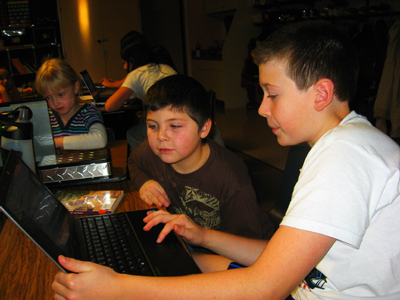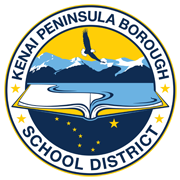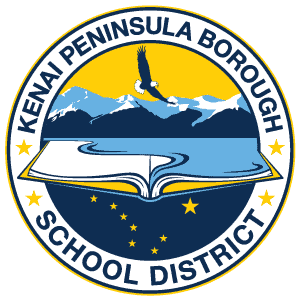‘Hour of Code’ at Seward Elementary with 12 Million Students Worldwide

“Today’s students are the tech generation. So naturally, using technology, which already excites them, hooks them into learning. I witnessed all my students succeed during the Hour of Code, and I know it left both boys and girls feeling empowered and wanting to learn more! Other teachers at Seward Elementary echoed what I saw, saying that every student maintained a high level of enthusiasm and effort during the coding activities. Being able to introduce the staff to this tool for teaching digital literacy, seeing the looks on kids’ faces as they took control, hearing their shouts of satisfaction as they leapt through the programming tasks—these things are my reward and bring joy to my teaching. I personally feel very happy that we participated in this 12-million-students global event, and I will be on the constant lookout for more ways to bring purposeful, leading-edge learning opportunities to our students.” —Leigh Ray, second grade teacher, Seward Elementary School
Seward Elementary School students from Pre-K through grade 6 participated in the largest-ever K-12 educational event, December 9-15, 2014, which includes approximately 12 million students from all around the world! It was Computer Science Education Week, and students everywhere participated in an “Hour of Code” by logging on from laptops, iPads, iPhones, or desktop computers to www.code.org and participating in a variety of coding and programming activities. No experience necessary! (Even teachers need no experience.) The easy-to-follow tutorials guide students through actual programming exercises in a fun, interactive, online environment, and were created by a variety of global leaders in computer science education such as Massachusetts Institute of Technology (MIT).
At Seward Elementary, teachers and students alike are reporting success in their programming efforts. For example, students in Marylynn Barnwell’s kindergarten class learned the basics of coding by moving their bodies according to “code,” and then followed up with an online programming activity–assisted by their sixth grade reading buddies. In Mrs. Glaser’s first grade, students wrote code to command “Angry Bird” to make a variety of basic movements, including using conditional statements such as “if, then.”

“Being part of such a huge global event is a big thing for our little school,” said Leigh Ray, a teacher at Seward Elementary and the leader of the movement at the school. “I am so impressed with all our teachers because they jumped right in with little to no experience at all and led their students into the world of coding! The best news they’ve shared with me is that their students love this and want more!”
An important message teachers gave to students began with the statement, “You aren’t playing a game.” Even though it seemed to many students as if they were game playing, they were in fact creating the code to cause an action on their device. During the Hour of Code, students learned some of the wizardry that runs the gadgets that surround them in their daily lives, and they awakened to the truth that behind all of the robotics and computers and gaming devices are the brains of human beings.
Here are some noteworthy facts about computer science that compelled the teachers at Seward Elementary to participate:
- The basics of computer programming can be taught to children as young as five years old.
- Computer programming is math. Computer programming is science. Computer programming is literacy.
- Many say that computer programming is the new literacy for the 21st century and should be required learning for all students.
- Computer Science is a top paying college degree, and computer programming jobs are growing at two times the national average.
- Exposure to computer science leads to some of the best-paying jobs in the world; however, 75% of the population is underrepresented in the United States.
- Nine out of ten high schools in the U.S. do not offer any computer programming classes.
- In 36 out of 50 states, computer science doesn’t even count toward high school graduation math or science requirements.
- At this rate, by 2020, there will be one million more jobs in computer programming than students who are studying it.
Learn more about Hour of Code at www.code.org.
Thank you to Leigh Ray, second grade teacher, Seward Elementary School for contributing this story.

